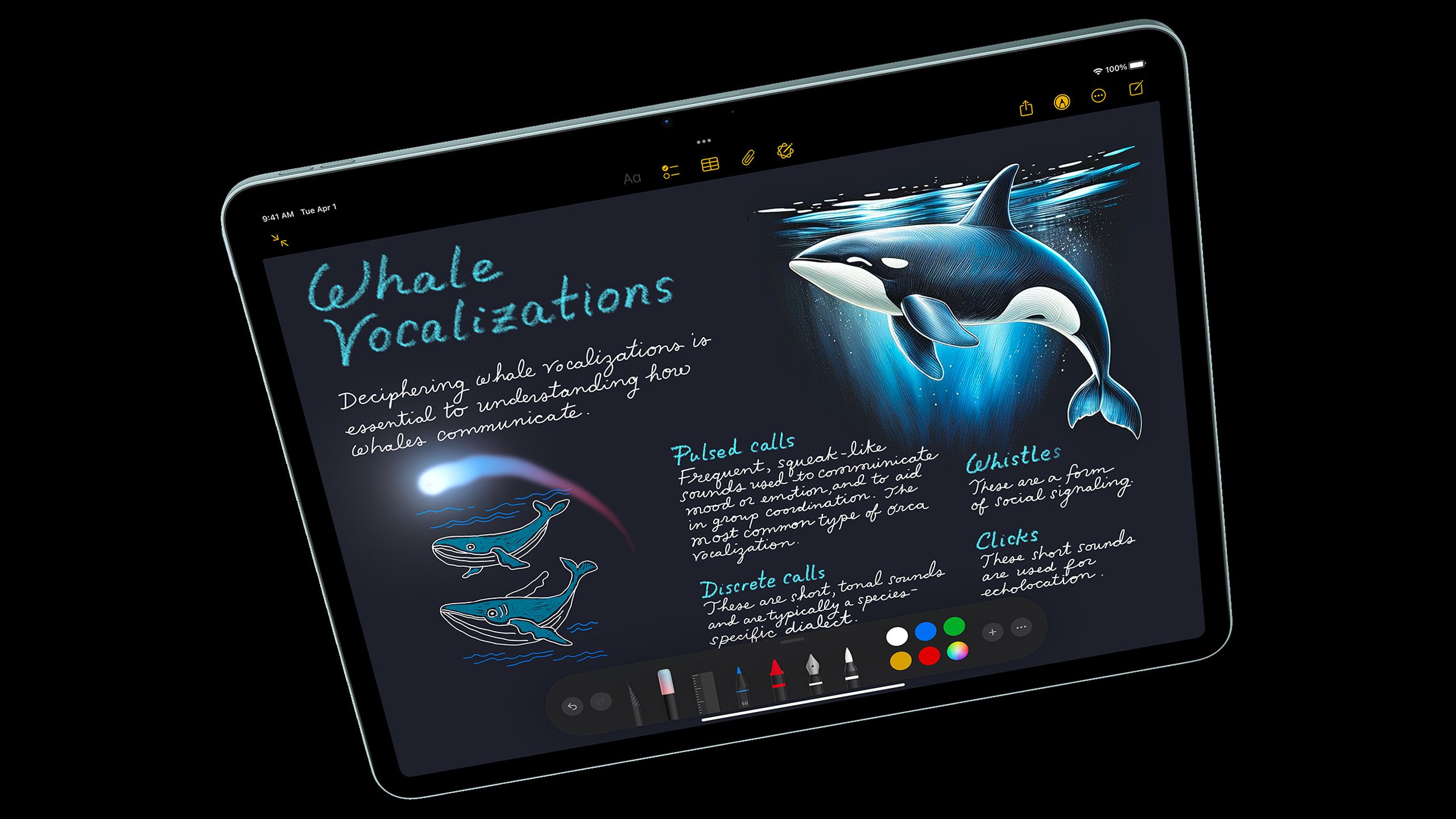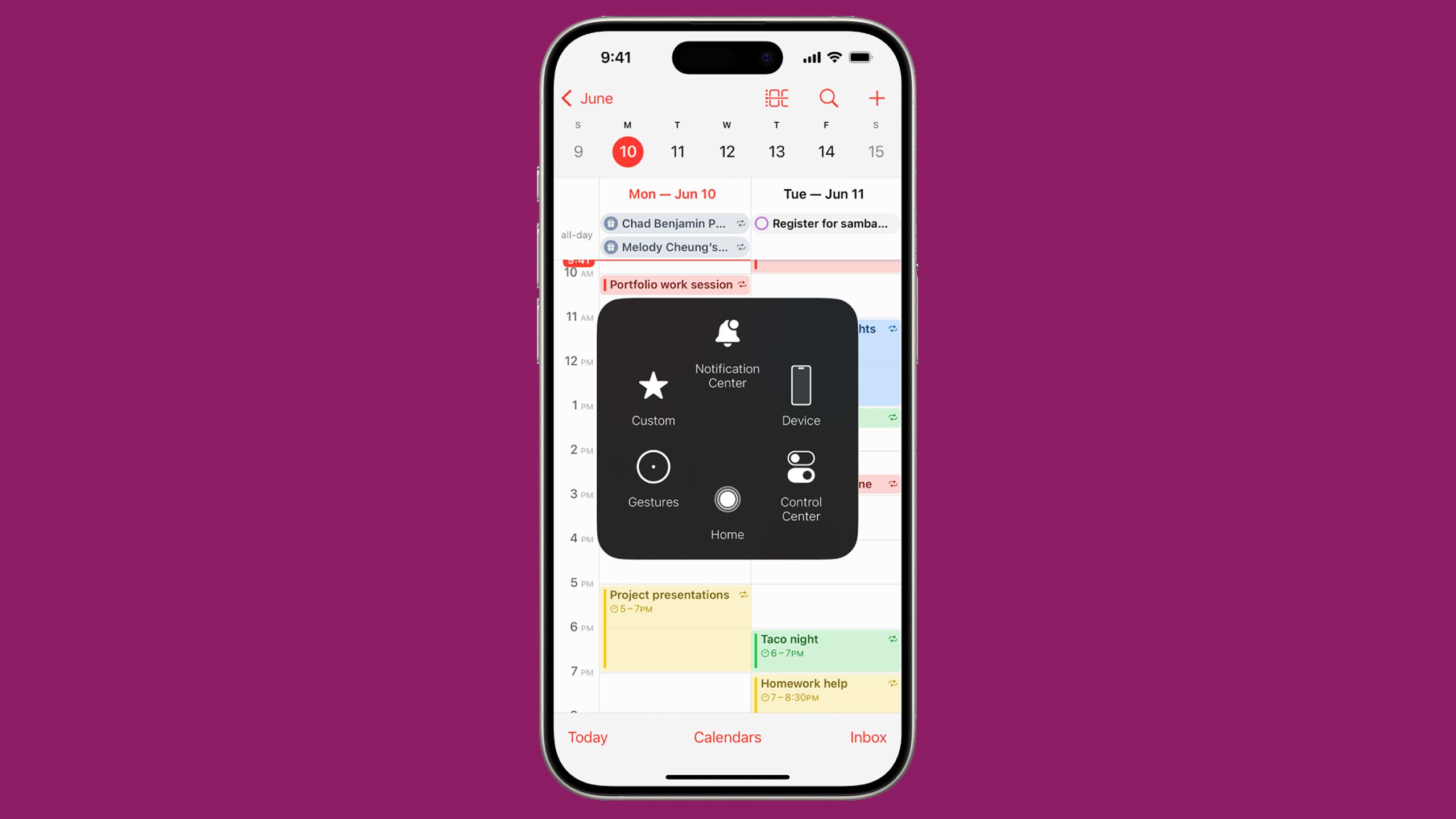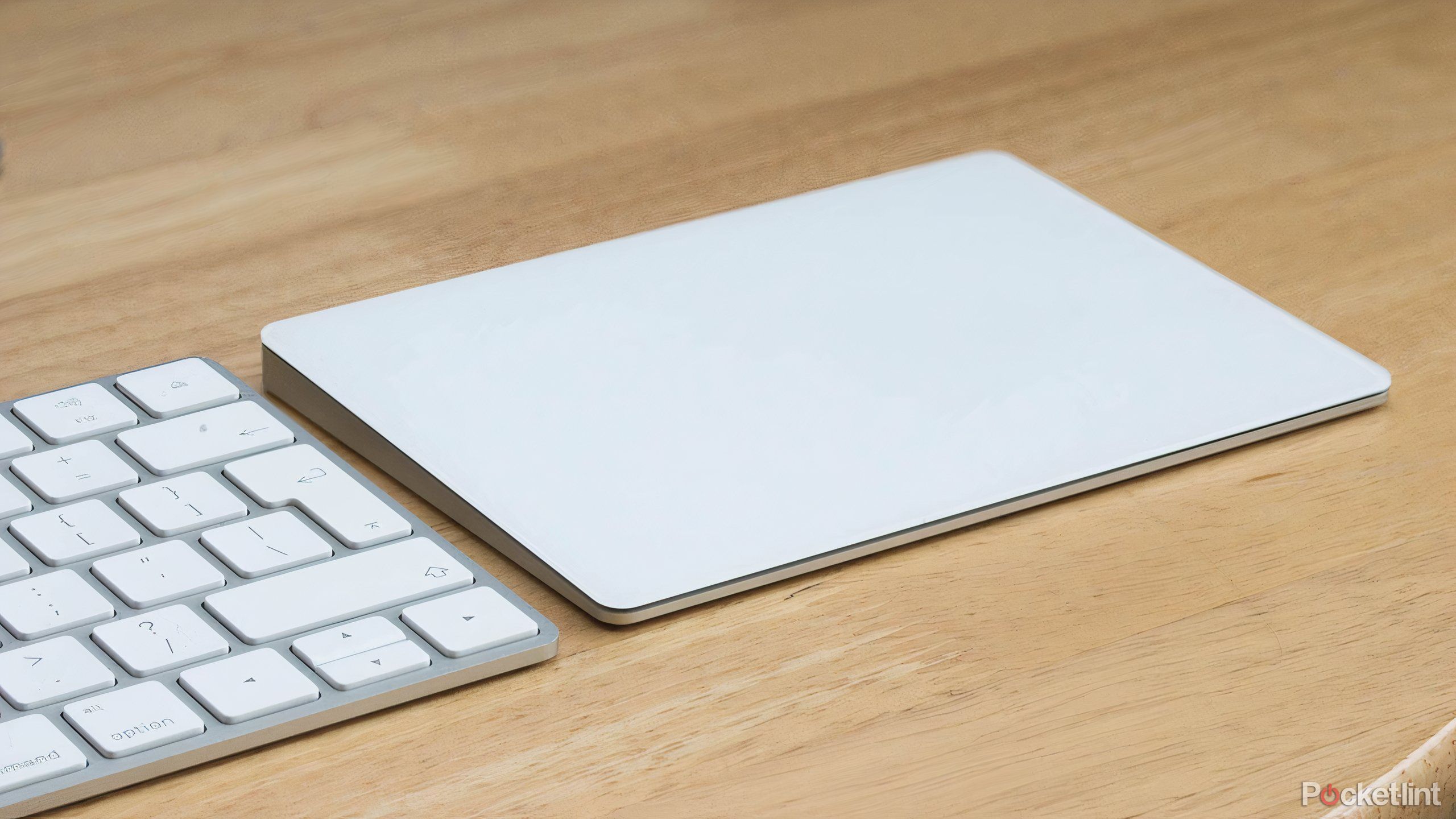Summary
- iOS 19 rumors hint at a Stage Manger-like desktop mode when an iPhone is connected to an external display.
- Personally, I’d love to see iPhones automatically launching the iPad versions of apps, and starting movies and TV shows in fullscreen.
- However unlikely, it’d also make sense for Apple to release a compact lapboard peripheral combining a keyboard and trackpad.
It’s fair to say that at this stage, we’re deep into rumor season for both the next iPhone and iOS. While things could well change with the iPhone 18, for now, Apple is still poised to follow the template from the past several years, launching the iPhone 17 lineup in mid-to-late September, with iOS 19 hitting shortly beforehand. If so, that means that the hardware must already be finalized, and that iOS 19 is completed enough to be showcased at WWDC on June 9.
One of the rumors for iOS 19 is that Apple is planning to add a Stage Manager-like desktop mode when you’re connected to an external display. This isn’t expected to turn your iPhone into a full desktop computer, a la Samsung DeX or Android 16’s new Desktop Mode. But I’d certainly like to see that, and it can’t hurt to build a wishlist. Who knows — maybe iOS 20 will be the one to take things all the way. Apple can’t ignore the competition forever.
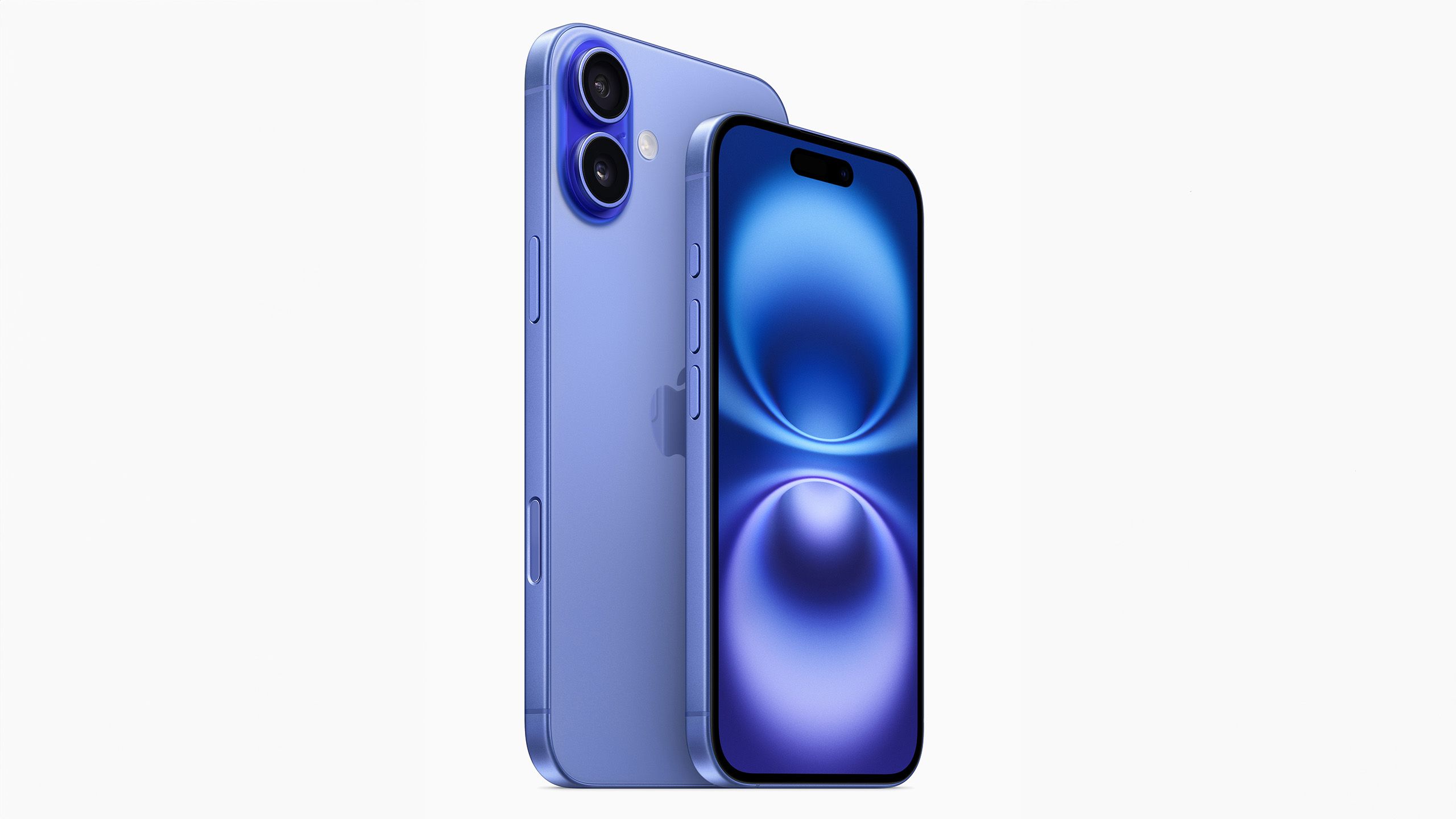
- Brand
-
Apple
- SoC
-
A18 (3nm)
- Display
-
6.1-inch 2556 x 1179 pixel resolution Super Retina XDR, 2000 nits, 60Hz
- RAM
-
8GB
- Storage
-
128GB, 256GB, 512GB
- Ports
-
USB-C
This year’s iPhone 16 line blurs the line between the “Pro” and the base-level iPhone by offering a new camera button and the Action Button, alongside the A18 chip.
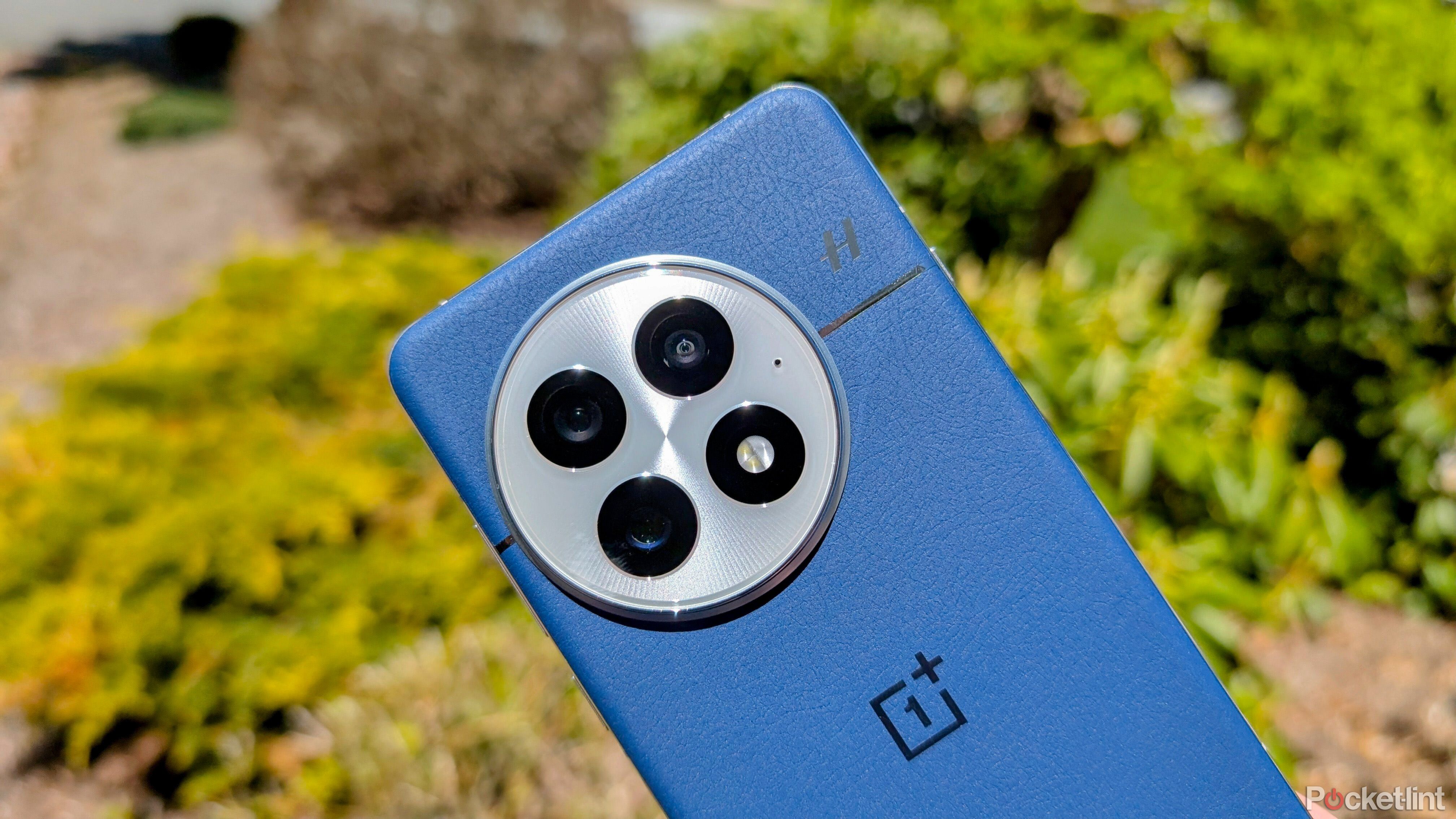
Related
Smartphones are finally starting to offer better battery life, and I couldn’t be happier about it
But will the biggest phone makers join the trend?
1
Running the iPad versions of apps
A no-brainer for users, maybe not for Apple
Apple
Whenever you download a “universal” app — Apple’s term for something that supports both iPhones and iPads — what you’re really downloading is a single binary with code for both platforms. That makes sense, given that iOS and iPadOS are based on shared technology. Spinning off separate binaries would just duplicate efforts. All you really need is code that adapts to the device it’s running on.
As a result, it wouldn’t be much of a stretch to let iPhones run the iPad versions of apps when an external display is detected, expanding apps’ window size and functionality. There are only two real obstacles, assuming a developer has already done the work of making something universal. The first is processor power — currently, Apple only allows Stage Manager on iPad Airs and Pros, all of which have migrated to M-series processors from the A-series chips found on iPhones. That might not be a huge barrier, though, given that Apple extended a limited version of the feature to a few A-series iPads, like my 2020 Pro.
It wouldn’t be much of a stretch to let iPhones run the iPad versions of apps when an external display is detected.
The real barrier could be Apple’s fears of cannibalizing sales. You would, after all, be able to do most of what an iPad does with your iPhone, the only obstacle being the need for an external screen, keyboard, and mouse. Maybe a large touchscreen, more horsepower, and Apple Pencil support would be enough to continue selling people on iPads.
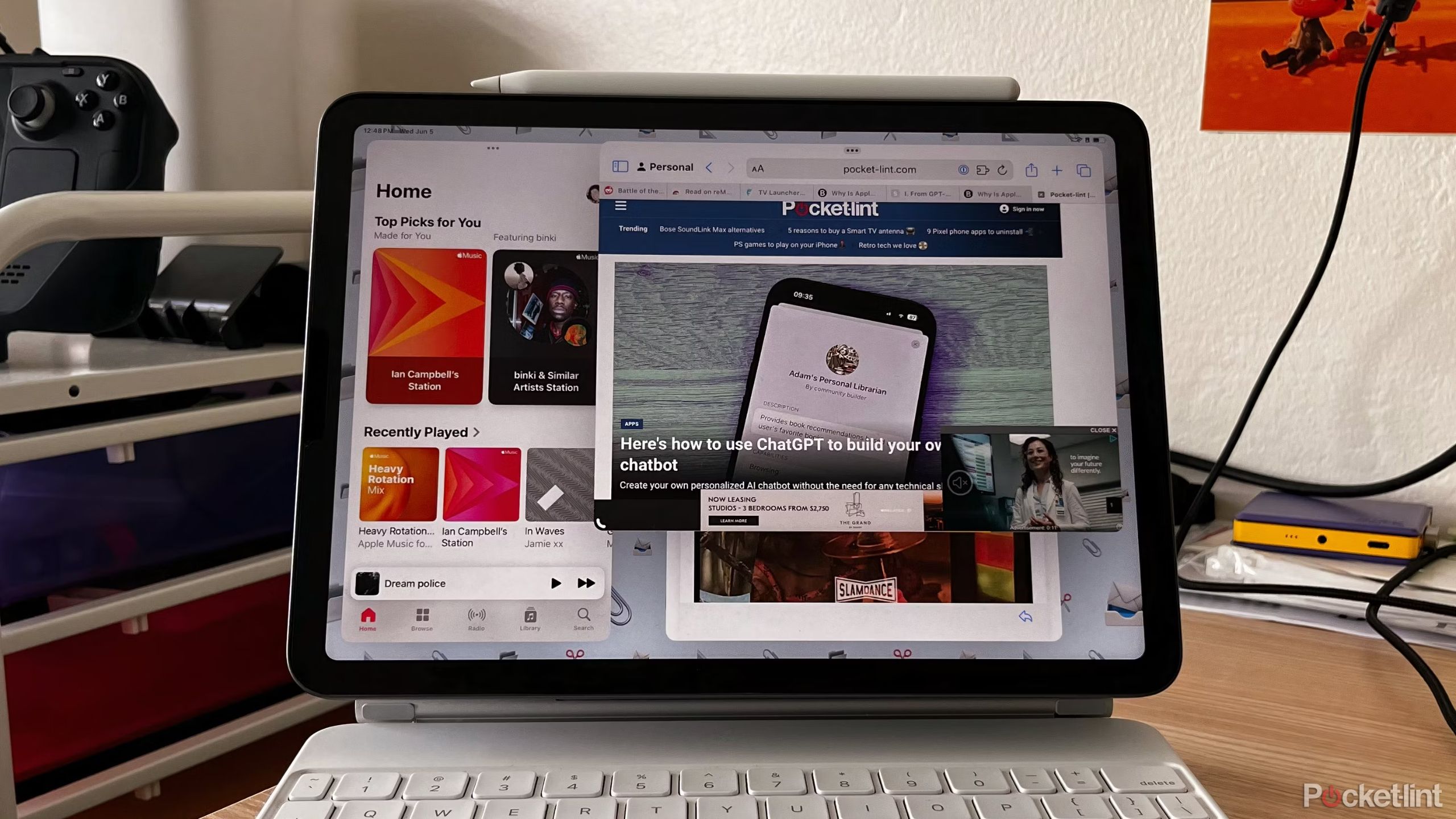
Related
Here’s why you should use Stage Manager on your iPad instead of split-screen
Your iPad can feel a lot more like a Mac if you embrace Stage Manager.
2
Mac-style mouse support
Or something less awkward, anyway
Apple/Pocket-lint
Speaking of pairing peripherals with an iPhone, it would be nice if Apple stopped pretending that everyone that connects a mouse (or trackpad) is doing so because of mobility issues. Accessibility support is essential, but the AssistiveTouch system can be awkward and confusing if you’re expecting something more like macOS or Windows. One of the first things most conventionally-abled people do is tweak mouse settings to make them more manageable.
When the desktop interface is active, AssistiveTouch should be opt-in, rather than the default. The primary mouse scheme should indeed be Mac-like, with a permanent, more reasonably-sized cursor that clicks and right-clicks exactly as you’d expect. I’d like to see that on iPads too, now that I think about it. On both platforms, though, some developers would need to adjust how their apps respond to input.
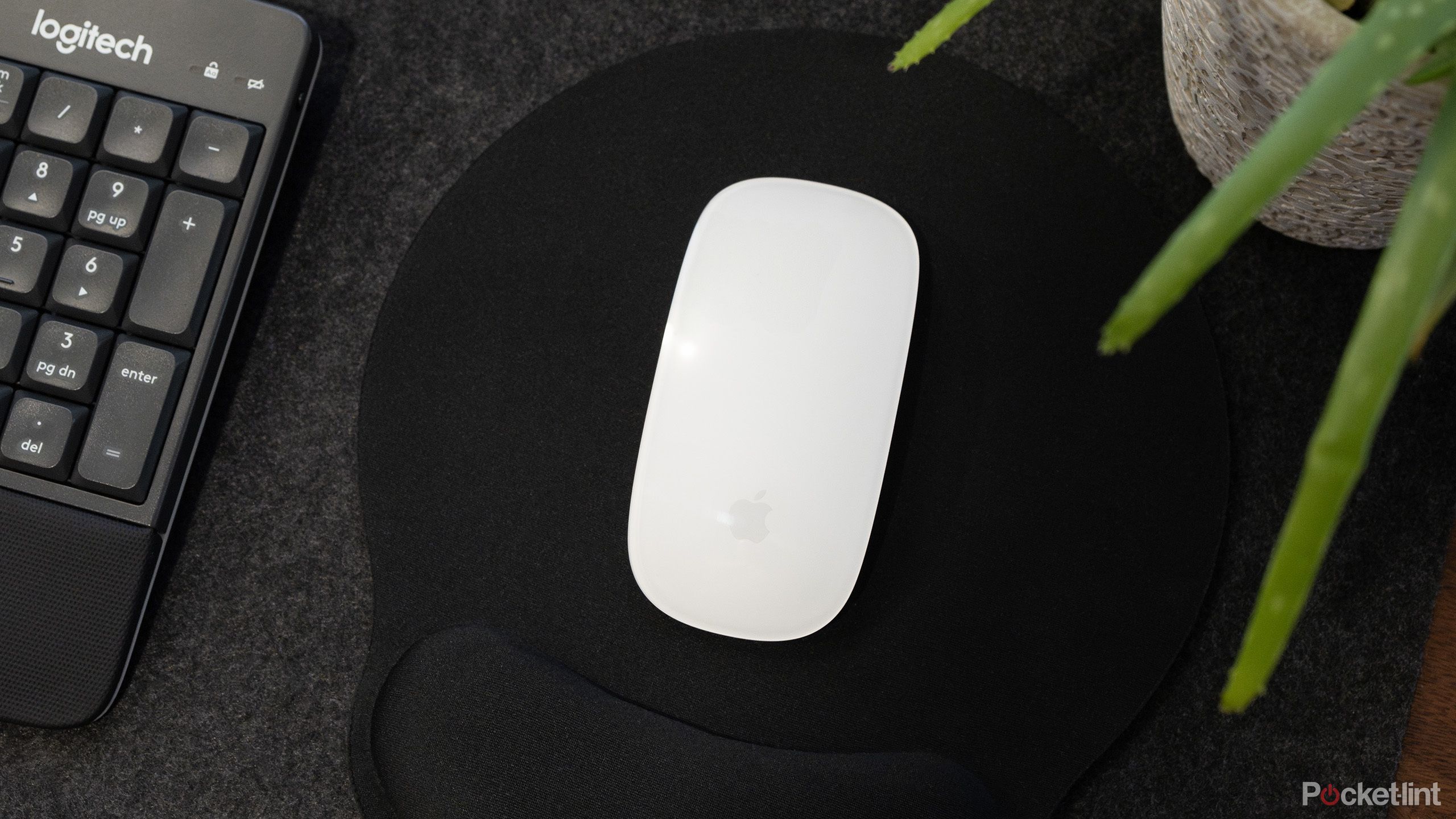
Related
How Apple could fix its awful Magic Mouse
C’mon Apple, you can do a lot better than this.
When it’s movie night, it’s go-time
Apple
One of the reasons people connect an iPhone to an external display is video playback. As nice as Apple’s latest OLED screens might be, they just don’t hold a candle next to a decent computer monitor, let alone a 60-inch 4K TV. One way of dodging direct connections is AirPlay — but that’s not always practical, given that many displays don’t support it, or are held back by flaky Wi-Fi networks.
If an iPhone has an app like Netflix or YouTube running in the foreground, I’d like to see iOS 19 automatically blow it up to fullscreen when an external display is connected, hiding all interface elements if a video is already playing. How convenient would that be for movie nights? You could just find and launch a movie on your iPhone, then connect a USB-to-HDMI cable when the popcorn’s ready. You can technically already jump into fullscreen if, when mirroring, you tilt your iPhone into landscape mode and/or tap an icon, but I’m talking about streamlining the process.
Some people might not want this functionality. In that case, there should be an option to disable the feature.
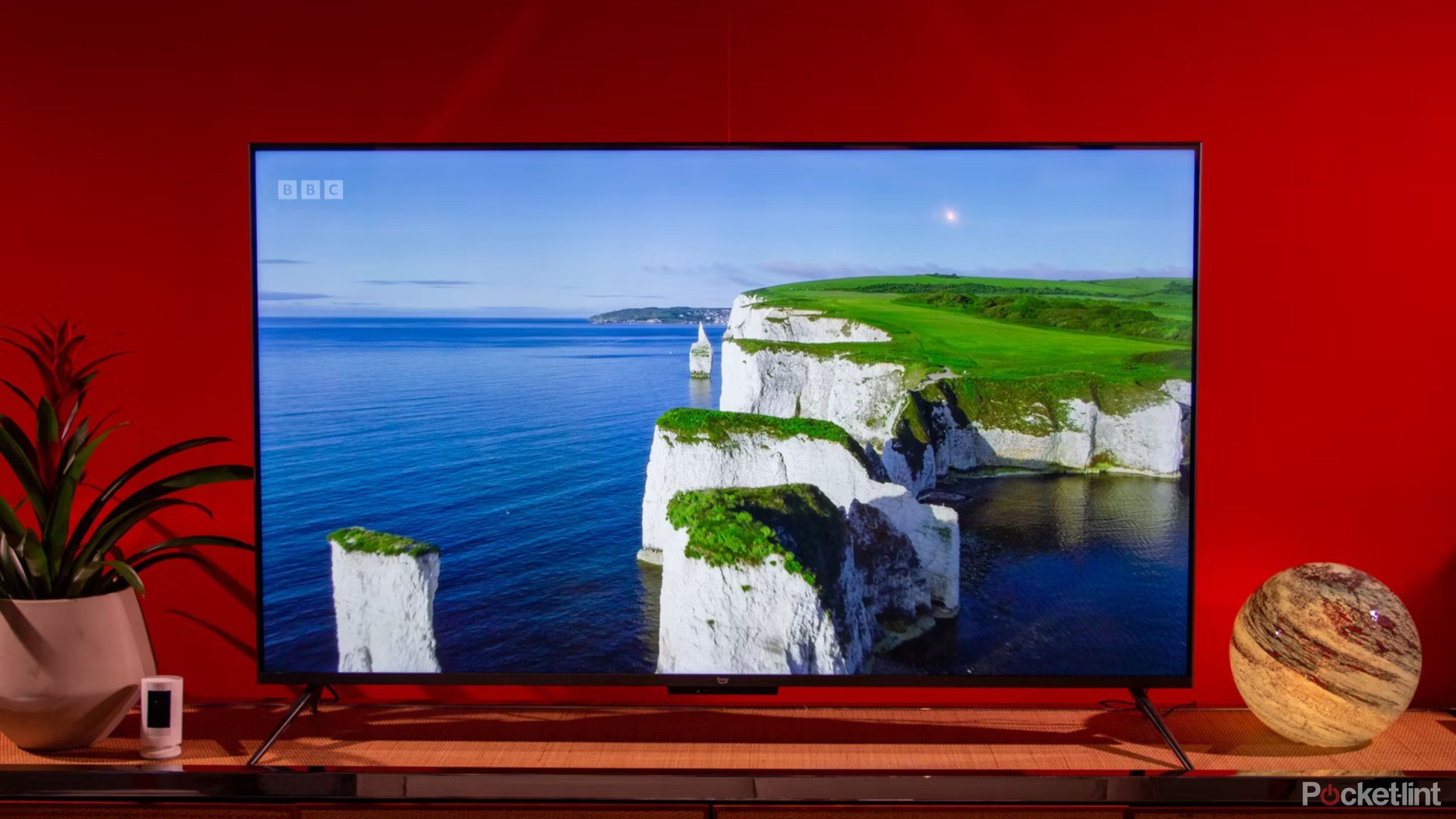
Related
OLED vs mini-LED vs QLED in 2025: Which TV tech should you buy?
Today, you can get surprising image quality without spending a fortune.
4
An all-in-one keyboard/trackpad accessory
A man can dream
Since a desktop interface is going to be meaningless without external peripherals, it might make sense for Apple to offer an all-in-one control option. Apple will always gladly sell you a Magic Mouse and Magic Keyboard, but it’s a question of convenience — you’re probably going to be less inclined to use a desktop interface if you have to carry and pair two separate accessories.
Imagine being able to quickly stuff a lapboard into a travel bag and work from any screen you can find.
I doubt that Apple will attempt this given its niche usefulness, but nevertheless, I’d love to see a compact wireless lapboard combining a keyboard and trackpad. That would make it easy to set up shop anywhere, including on the couch for those movie nights I mentioned. Even better would be a folding design — imagine being able to quickly stuff the lapboard into a travel bag and work from any screen you can find (with a compatible video input).
Another possibility might be integrating a USB-C dock. That would give the iPhone a source of power if needed, or vice versa, depending on how much battery capacity the lapboard gets. The lapboard would, however, still need a USB-C connection to bridge with a display, possibly a very long cable indeed — so I’m not giving much weight to this idea.

Related
Everything you need to know about PEVs, or personal electric vehicles
You can use PEVs like e-bikes and scooters to explore, run errands, or speed up your commute.





